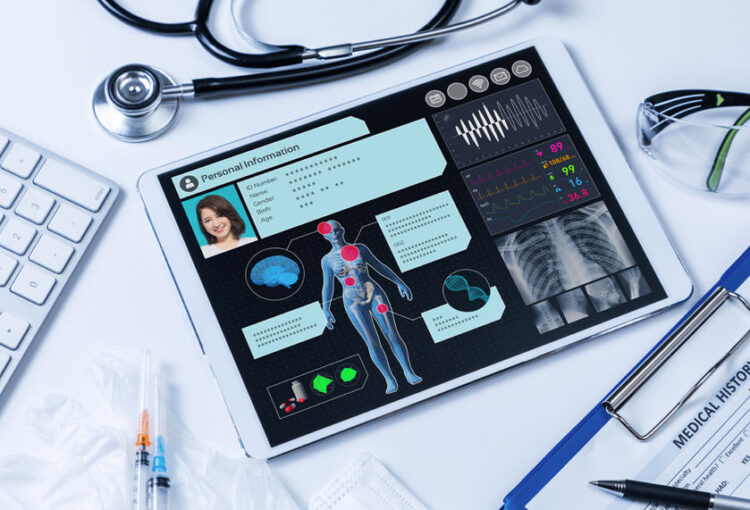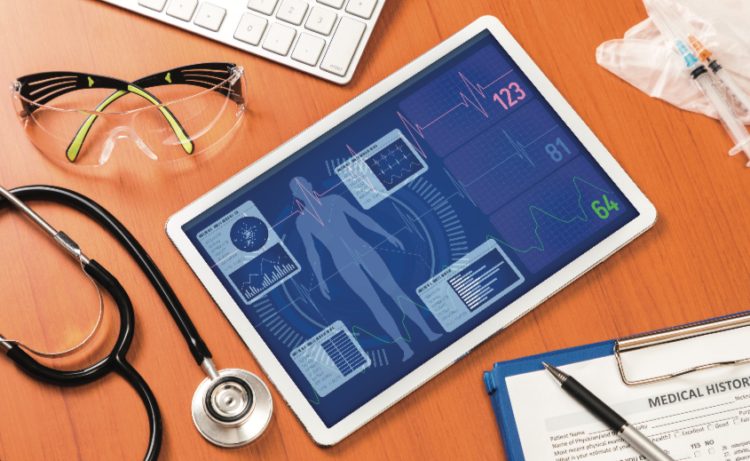There is a lot of information in regard to EHRs and EMR. In the recent past, health care in the USA has transitioned from a paper to digital record-keeping by doctors’ offices, hospitals, clinics, and nursing facilities. The health organizations and federal government have invested a lot of money to fund software, hardware, and training which is necessary to complete the changeover.
According to Revenuexl, the switch to electronic records has attracted news coverage with stories about electronic medical records (EMR) and electronic health records (EHRs) peppering mainstream and medical publications. The terms are normally used interchangeably leading to confusion. However, there are great differences between the two.
Getting to know about the electronic medical records

An electronic medical record (EMRs) refers to a single practice of a patient’s chart in digital form. It contains the medical history of the patient, treatment and diagnoses by a certain physician, specialist, nurse practitioner, surgeon, dentist, or clinic. Compared to paper records, EMR offer advantages such as:
- Improved care of patients
- Better tracking of data with time
- Reminders which are timely for preventative and screening of patients checkups
Understanding electronic health records
When it comes to electronic health records (EHRs), it is patient’s chart which is electronic but different from the electronic medical records as it includes the history of the patient’s medical records, electronic health records are based on being able to be shared with other providers to ensure that there is instant access to the EHRs of the patient across various healthcare providers. Some of the advantages which come with using the EHRs include:
- Access to tools which the service providers can utilize when making decisions.
- Streamline of sharing information which is updated and in real-time
- A medical history that is complete for the patients, from radiology to allergies, to lab tests.
Why electronic health records are more secure

- Grant access to users who are authorized only: when a paper-based system is used for keeping the records of a patient, there is a possibility of an unauthorized person accessing them without you having to know.
- The encryption ensures that information is kept in a secure way: A record on paper is open, allowing everyone to see it, details that are transcribed, fax or scan the information to a third party. With robust encryption method is what protects the electronic methods to ensure that it is safe.
- Paper records are subjected to being tampered with: It is easy for paper records to be altered with and it might be hard to detect such an alteration. It is possible for someone to remove a certain paper from a report, or fix a report which is altered, removing the real information for a patient. This will lead to a patient being misdiagnosed and given the wrong medications.
Differences between electronic health records and electronic medical records

It is important that you remember the main distinction that is there between the EHRs and the EMRs. The easiest way to go about it is by thinking about medical versus health. The EHRs are a record of the patient which is more comprehensive on their overall health while EMRs are just a narrow view of the medical history of a patient. Other ways to differentiate between an EMRs and EHRs include:
- You will find the EMR mostly being used by providers for the purposes of treatment and diagnosis
- EMRs cannot be shared outside the practice of the individual using it
- EHRs are designed so that the information of a patient can easily e shared with other providers who are authorized and staff from various organizations.
- The EHRs are able to allow the medical information of a patient to move with them to labs, specialists, imaging facilities, pharmacies and emergency rooms as well as lines that are owned by the state.
Electronic records giving out great benefits

Both the EMRs and EHRs tend to give out benefits to health care providers as well as patients which include:
- Accurate, fast, and information which is updated, reduction in errors in medical record and improvement in healthcare provision.
- The charts of the patients are more clear and complete and thus no more illegal scribbles deciphered.
- Sharing information reduces duplication in testing, saving patients, and providers, trouble, and money.
- The information which is improved when being accessed making medication prescription to be more reliable and safer.
- Due to the promotion of participation of patients, they are encouraged to have a lifestyle that is healthy and the use of preventive health care more frequently.
- The information which is complete meaning diagnosis will be more accurate.
With electronic records, the health care services become more efficient as well as less costly, which ensures that the switch is an investment that is worth your money and the nation’s health care.
 Hi Boox Popular Magazine 2024
Hi Boox Popular Magazine 2024



